On 1 July, the European Union will change the way in which VAT is reported and paid, potentially impacting anyone in the UK operating a business selling products & services online to consumers and practicing distance selling.
“The Covid-19 pandemic has caused a big shift in working patterns and, as a result, a lot of people have out of necessity or opportunity taken to start up an e-commerce business or switch to digital selling,”
What will change?
The changes are that for sales to consumers (basically anyone without a VAT registration) the VAT is charged based on which country the customer is in, not the country of the seller. Prior to this date there were thresholds, and businesses selling below these thresholds could charge their home VAT rates which avoided needing to know many different VAT rates. Alongside this change the EU is expanding their one stop shop (OSS) simplifications which optionally allow businesses outside of the EU to report all service sales in a single VAT return.
If you sign up for the OSS, then this is how you will deal with VAT on all EU sales, regardless of which country’s consumers are buying from you, be they in Spain, Germany or France, for example.The IOSS reduces complexity for your EU customers. Instead of zero-rating products for VAT to be added later, buyers see the full price of a product, including tax. Speeding up customs requirements could also mean goods arrive faster, giving you another chance to boost customer satisfaction. In both cases, sellers sign-up via a website and can report and pay VAT at the same online destination.
On top of these changes, the EU will remove distance selling thresholds, meaning that sellers need to know the VAT rates for the country where their customers are located, and apply the correct VAT rate on the invoice.
For more information regarding the new rules, get in touch with one of our advisors [email protected]
